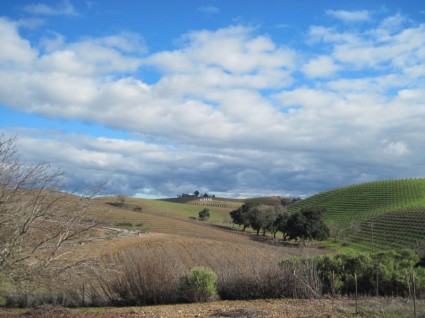With all food crops, the quality of the harvest is dependent on the weather, and that’s especially true for grapes. This is why vintage is so important when it comes to wine selection.
The year on the bottle does not refer to the year the wine came to market but the year the grapes were grown and harvested. The differences in weather from year to year influence the quality and flavor of each harvest.
If frequent rain falls early in the growing season it will plump the grapes with water, leaving them with less flavor. Late frost or hail can kill budding grapes. A very damp season increases the chance of rot in the grapes. A very dry growing season often results in sweeter fruit with stronger flavors.
Each of these affect the final crop. This is why you may hear experts refer to the “best” vintage in so many years, most likely because Mother Nature created a perfect growing season.
The reason so much emphasis is placed on French wines and vintage is because of the country’s strict laws regarding wine production. A good example is water regulation. Most French producers are not allowed to use any kind of irrigation, so they have to rely on Mother Nature to do the job. Each year’s crop is at the mercy of the weather. In other parts of the world, growers have the option of using supplemental water sources. The differences make the growing cycle much more challenging to growers in countries like France.
When it comes to premium wine, the vintage will make a difference, but for everyday wines, my best advice is to buy the most recent vintage to ensure the freshest quality.
